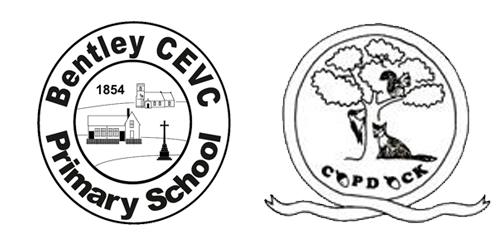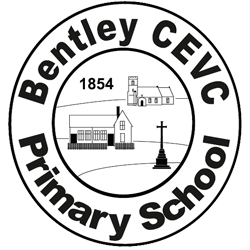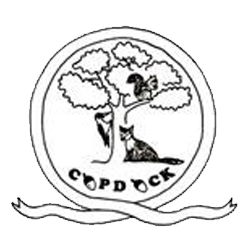Music
Music is an art of sound in time that expresses ideas and emotions in significant forms through the elements of rhythm, melody, harmony, and colour.
At Copdock, we follow the Sing-Up scheme of work, using the Two-Year programme for mixed age planning. Sing-Up covers a broad and diverse range of repertoire, approaches and musical traditions. It supports a fully-integrated approach to musical development, connecting the inter-related strands of singing, playing, performing, composing, improvising, listening and appraising. The children listen to a range of genres of music through our school “music of the week”, where they are introduced to a weekly genre, taking guidance from the National Curriculum, and they have the opportunity to listen to different pieces from that genre throughout the week.
In each phase, the units of work from Sing-Up either have a singing, listening or composing focus, although a range of musical skills are taught through each unit.
In EYFS the children sing a range of simple songs, using different techniques such as changing their voices, singing tunes with a small range of notes, thinking about different tempos and call-and-response. They begin to use musical terms (louder/quieter, faster/slower, higher/lower). The children are introduced to a range of classroom percussion instruments and can investigate the sounds they can make. They are encouraged to play a steady beat.
In Phase 1/2 the children sing songs within the pentatonic range and within a pitch range of C-G and they sing with increasing pitch accuracy. They listen to a greater range of songs and develop a knowledge and understanding of stories, origins, traditions, history and social context of the music they are listening to, singing and playing. They learn to play a tuned instrument – the ocarina – as well as investigating rhythm and beat on classroom instruments. They read and respond to chanted rhythm patterns and represent them with stick notation (crotchets, quavers and crotchet rests). They create musical sound effects and short sequences of sounds in response to a stimulus and use graphic scores and stick notation to record their compositions.
In Phase 3/4 the children sing songs with a pitch range of an octave, with increasing expression and tunefulness. They sing songs in different time signatures (2, 3 and 4 times) and we introduce vocal harmony through singing a simple second part. The children learn to play the recorder and play and perform melodies on a range of tuned instruments following staff notation, reading the notation for minims, crotchets, paired quavers and rests. They compose music using known rhythms and note values, using graphic symbols, rhythm notation and time signatures and staff notation to record their compositions. They compose music to create a specific mood.
In Phase 5/6 the children sing songs with three/four-part rounds and syncopated rhythms with a sense of ensemble and performance. The children learn to play the guitar, taught through Suffolk County Music Service. They understand the differences between 2/4, 3/4 and 4/4 time signatures and read and perform pitch notation within an octave. They further understand the differences between semibreves, minims, crotchets and crotchet rests, paired quavers and semiquavers. They compose music made from phrases in different keys and they notate their compositions.


